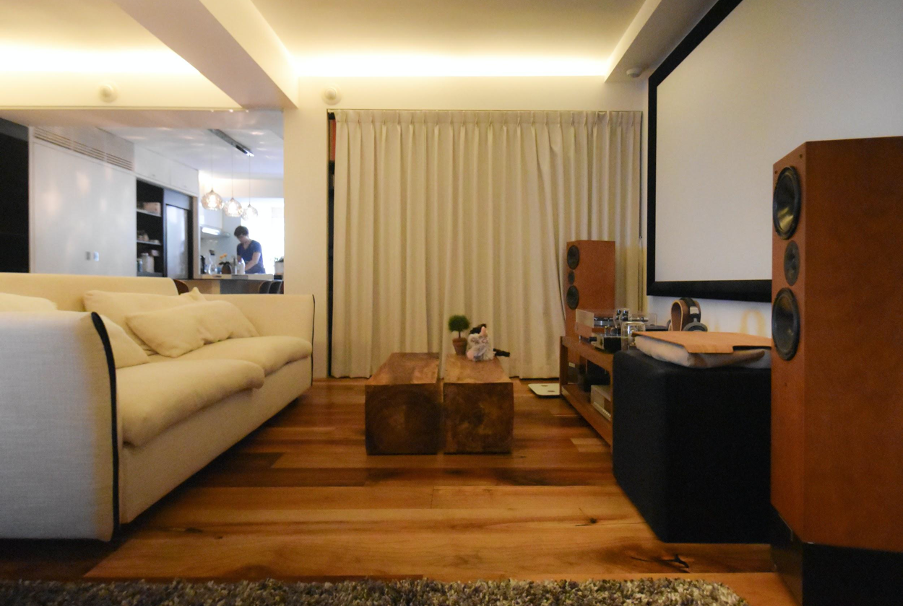
10 steps to building your dream home
Are you looking to start a home renovation project to create your dream home? Renovating your home can be a real challenge for many homeowners. It is a project unique to your needs so the outcome should meet your needs. We understand that the most difficult part of any interior design is figuring out where to begin and having your expectations match the reality. Do not worry, you are not alone!
We have created these 10 steps guide to explain how you can start building your dream home while saving time and headaches to create more peace in the process.
1. Defining your style
Unless you are a person with a strongly defined preference, it is not so easy to know what is your interior design style. Moreover, it is slightly more challenging when you consider the opinion of your spouse and family members. All of you need to harmonize and agree on the often confusing choice of materials, colours and textures for everyone to feel good at home.
Often, it’s the style that creates the biggest difference to the end result and makes you feel at ease. With so many sources of inspiration for interior design ideas, be they television shows, magazines or social media, we can very easily get lost trying to have the latest and greatest. We could easily sway our decisions to follow certain trends that do not suit our lifestyle needs. Therefore, it is important to define your comfort level by taking inspiration from different sources to create your own style to not look like someone else’s home.
2. Brainstorming
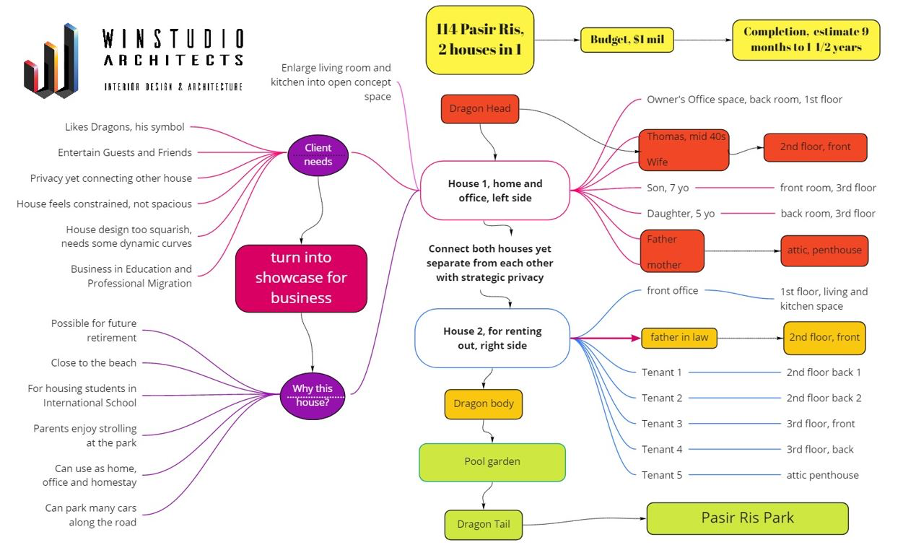
a. Describe your unique personality.
Who are you? What do you like to do? Do you like to socialise? Are you an outgoing or reserved person?
Quick tip: Think of your daily routine. If you live with other people, how do you interact with them?
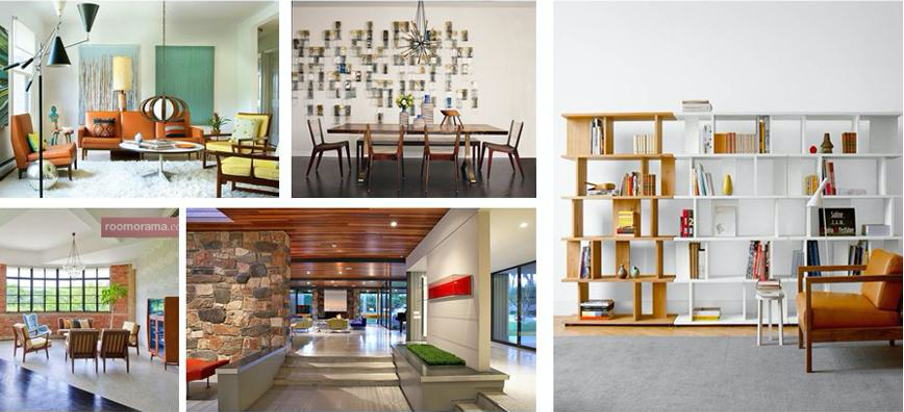
b. Think of the ambience you want to create and feel in the room. Do you want to feel calm, serene and relaxed? Or do you want to feel uplifted and energised?
Set a 1 minute “timer”, close your eyes, imagine your ideal room, what do you want to feel?
Quick tip: Think of words that describe your personal style, your family and their lifestyle.
c. What kinds of activities do you want to do in this room?
What do you do in the room? Do you watch TV, read, receive guests, exercise or play mahjong? How do you use the space that is unique to your needs?
Quick tip: Consider your lifestyle, do you like inviting people to your home? Do you have a hobby that you practice at home?
3. Collect images and make an interior design mood board
The purpose here is to put together images that illustrate the choices available. You can browse through interior magazines or social media channels like Pinterest or Instagram which have millions of inspiration to find the images you have in mind. Study them and save the images that have something in common with your home. For example, choose a room that looks similar in size to your space or an image that shows similar colours and textures that you like to create.
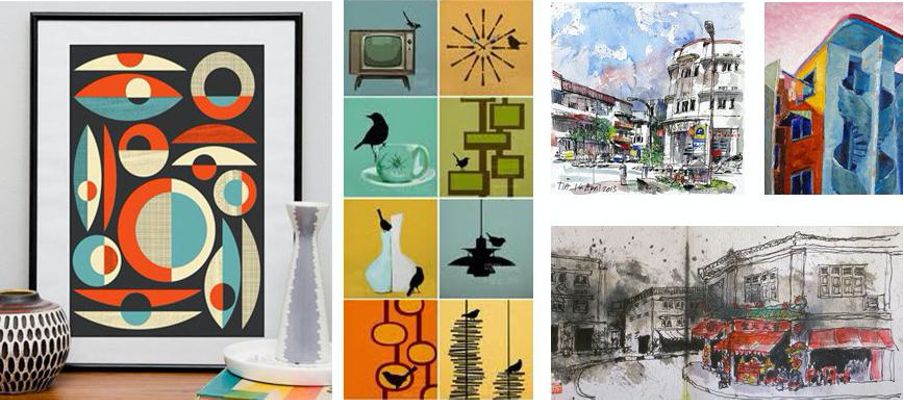
Quick tip: Avoid selecting too many interior images that overwhelm when your space is not large enough to accommodate all of them.
Next, you can put these images together in an interior design mood board. Don’t forget to group the images with similar styles in your mood board.
4. Define your ideal atmosphere
Now analyse your beautiful mood board. You should start to see a style becoming clearer. Note the similarities according to ambience, colours, textures and materials.
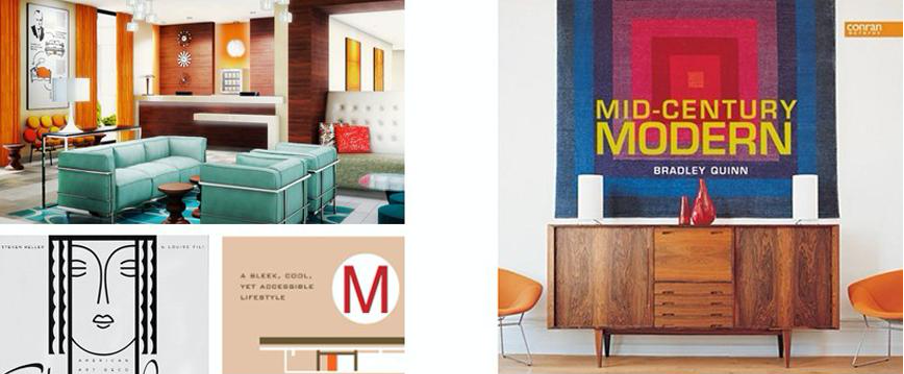
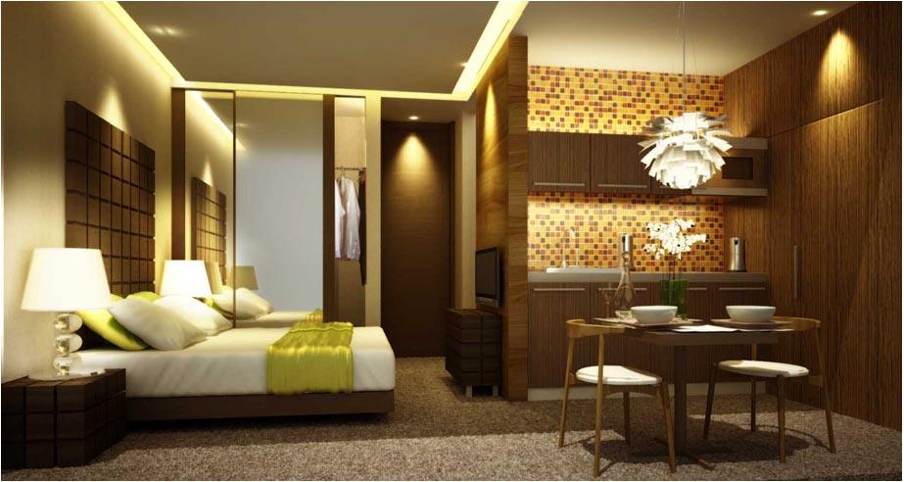
We have created a table with the categories for you to define your ideal atmosphere.
Here are two examples to help you complete the following table
Room Style Scenario 1
| My ideal room atmosphere | A living room that gives energy |
| Colors | Contrasting colors |
| Styles | Eclectic, fun, pop |
| Textures | Metallic, velvety |
| Patterns | Graphic patterns |
Room Style Scenario 2
| My ideal room atmosphere | A living room that promotes calm and serenity |
| Colors | Muted and neutral tones |
| Styles | Minimalist Scandinavian decoration |
| Textures | Natural materials such as solid wood |
| Patterns | Very few understated patterns |
Use these descriptions listed below to define your personal style
| My ideal room atmosphere | |
| Colors | |
| Styles | |
| Textures | |
| Patterns |
We have created a table with the categories for you to define your ideal atmosphere.
Here are two examples to help you complete the following table
Room Style Scenario 1
| My ideal room atmosphere | A living room that gives energy |
| Colors | Contrasting colors |
| Styles | Eclectic, fun, pop |
| Textures | Metallic, velvety |
| Patterns | Graphic patterns |
Room Style Scenario 2
| My ideal room atmosphere | A living room that promotes calm and serenity |
| Colors | Muted and neutral tones |
| Styles | Minimalist Scandinavian decoration |
| Textures | Natural materials such as solid wood |
| Patterns | Very few understated patterns |
Use these descriptions listed below to define your personal style
| My ideal room atmosphere | |
| Colors | |
| Styles | |
| Textures | |
| Patterns |
5. Rethink the space
In this step, we will approach the design with an intention. You will define its function and think about the layout you want. Do you need space-planning to reorganise your home? Do you need to hack the walls to enlarge your space? If you can’t project the space yourself, try to remove as much clutter as possible and start viewing what you can make of it. Avoid thinking what the original room and furniture look like and picture it completely transformed.
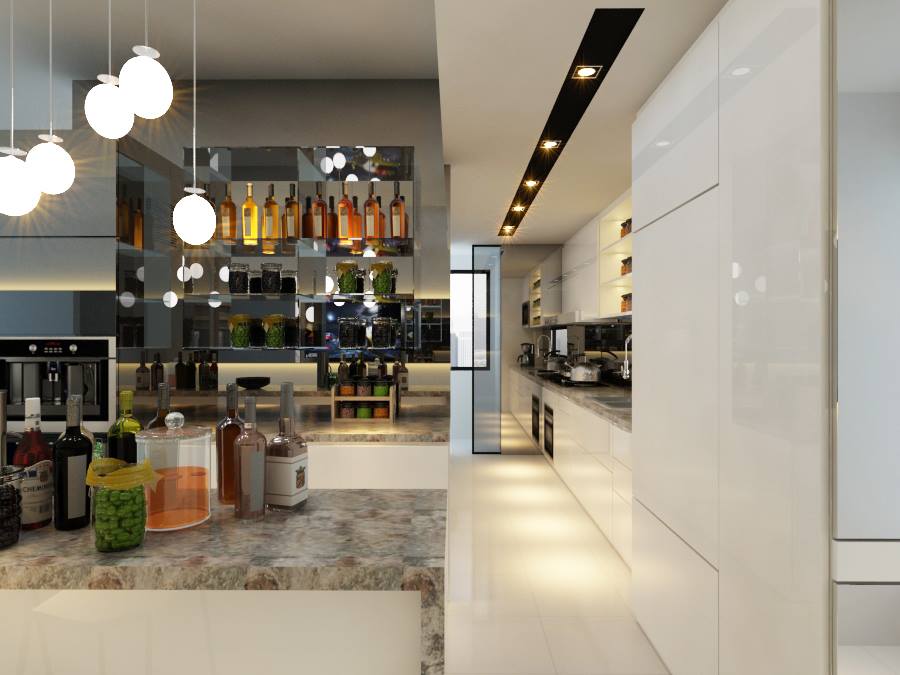
6. List the functions of the rooms
What is the purpose of the room? For example, if your kitchen is big enough to have a dining table, how do you want to repurpose the space meant for the dining room? Perhaps you want to create a cosy area to entertain your friends or have a home office instead. Imagine this space with a new look.
A space can be repurposed either into a library, home office, entertainment room, play room, a gym or even a spare guest room. Be as creative as you want! Once you have determined the functions of your room, it will be easier for you to project the space with a better utility.
Quick Tip: Set a 1min “timer” and list all the functions that would be useful in this new space.
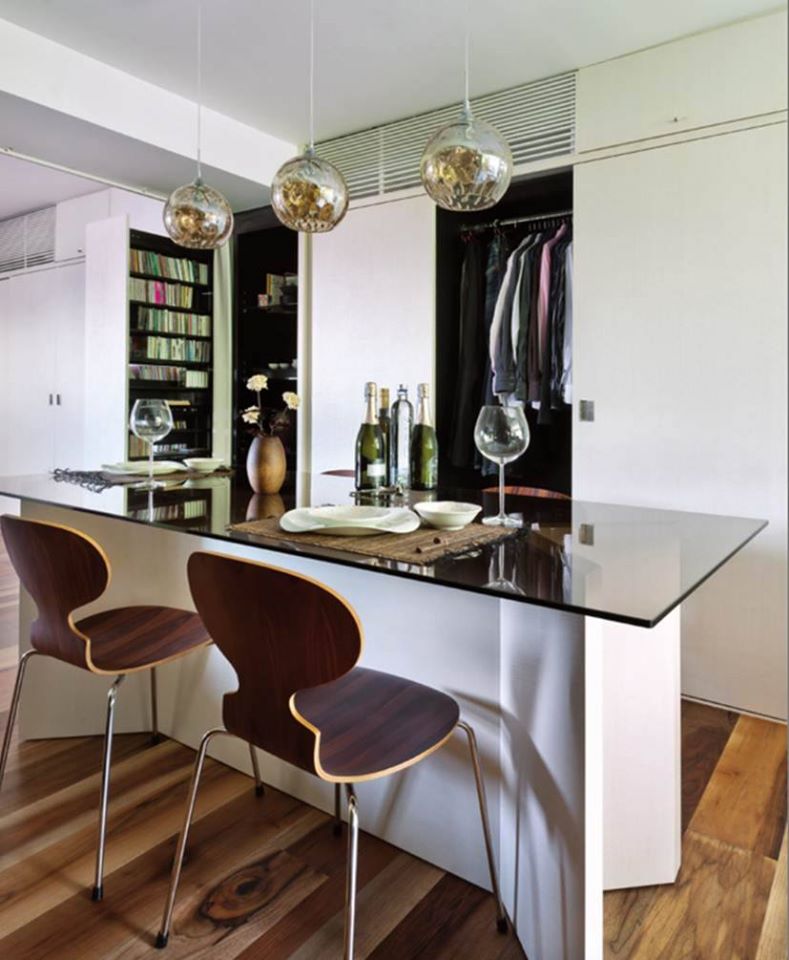
7. Enhance the Spaces
Turn the shortcomings of the space into assets. Look carefully around the space with fresh eyes and decide what you don’t like. What bad vibes do you like to erase? For example, the bathroom could have old tiles that need retiling or electrical parts that need upgrading. Doing away with these bad vibes could help you to enhance an undesirable space.
Quick tip: If you have trouble being objective, taking a photo of your room from different angles can help you think much clearer. It’s sometimes easier to spot things in a photo than in real life.
8. Define your budget
Establishing your budget beforehand is a considerable time saver. This will prevent you from going in all directions or set high expectations that do not match the budget that you have set. If you are a little lost, an interior design professional can help realign your goals. Check out our blog on how to define your renovation budget to help you along the way. Finally it will depend on the type of work that you want to do, but we advise you to have a little buffer.
9. Engage a reliable interior design consultant
There are more than 3000 interior design firms in Singapore. How do you know which one to select to translate your vision into reality?
First, review the designer’s credentials and experience. Are they a part of any national interior design organizations or licensed practitioners? Look at their portfolio and see if their creative style echoes what you aspire your home to be. Look for testimonials from past clients, or a list of references directly from the company website or social media pages. Don’t be afraid to ask for their reference. After all, it’s your home, you should love your space and the process it takes to create it!
10. Renovating during Covid-19
Home renovation is basically a brick-and-mortar process. During this period of the Covid-19 pandemic, it may get complicated to meet with your interior designer physically while respecting the recent safe distancing measures. It helps when your designer has already successfully used digital tools to share ideas, communicate and create computer visualisations.
At Winstudio Architects, we have written a blog to share how you can work with an interior designer during the pandemic. Please check out our recommendations to work safely and virtually.
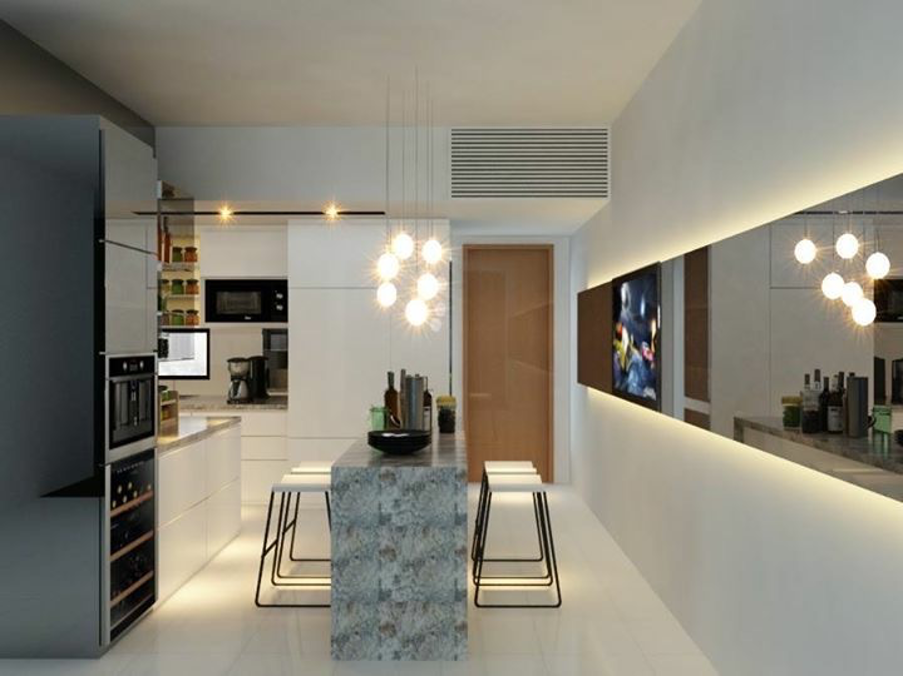
Ready to get started?
We hope that this guide is useful to synthesize your ideas and vision for your upcoming dream home renovation project. You now have the tools and support materials to use when meeting potential service providers. If you need professional help, use this link to contact us for a non-obligatory discussion on how to take your ideas further.
We look forward to hearing from you!
